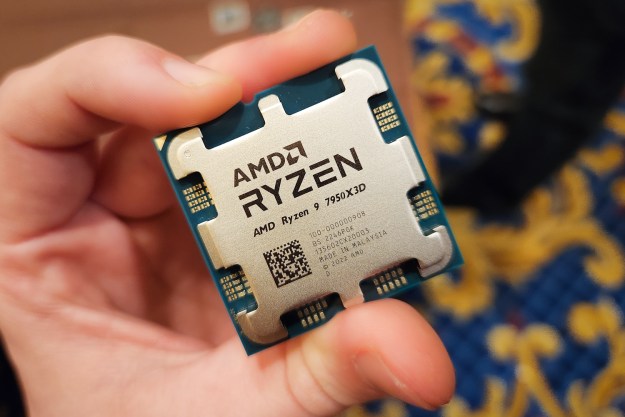While smell-o-vision may be a long way from being ready for your PC, Intel is partnering with Cornell University to bring it closer to reality. Intel’s Loihi neuromorphic research chip, a a powerful electronic nose with a wide range of applications, can recognize dangerous chemicals in the air.
“In the future, portable electronic nose systems with neuromorphic chips could be used by doctors to diagnose diseases, by airport security to detect weapons and explosives, by police and border control to more easily find and seize narcotics, and even to create more effective at home smoke and carbon monoxide detectors,” Intel said in a press statement.
With machine learning, Loihi can recognize hazardous chemicals “in the presence of significant noise and occlusion,” Intel said, suggesting the chip can be used in the real world where smells — such as perfumes, food, and other odors — are often found in the same area as a harmful chemical. Machine learning trained Loihi to learn and identify each hazardous odor with just a single sample, and learning a new smell didn’t disrupt previously learned scents.
Intel Labs senior research scientist Nabil Imam who worked on the Loihi development team used the same computational principles of scent analysis as biological brains in humans and animals. The company worked with Cornell to analyze the brain’s electrical activity when animals smell odors, while Intel Labs scientists derived a set of algorithms to configure them to neuromorphic silicon.
There’s still plenty of work to be done on electronic noses. Like image detection in machine learning, olfactory learning requires similar smells to be categorized. Fruits with similar odors, for example, can be difficult for neuromorphic systems like to Loihi to identify.
“Imam and team took a dataset consisting of the activity of 72 chemical sensors in response to 10 gaseous substances (odors) circulating within a wind tunnel,” Intel detailed. “The sensor responses to the individual scents were transmitted to Loihi, where silicon circuits mimicked the circuitry of the brain underlying the sense of smell. The chip rapidly learned neural representations of each of the 10 smells, including acetone, ammonia and methane, and identified them even in the presence of strong background interferents.”
Intel claims Loihi can learn 10 different odors right now. In the future, robots equipped with electronic noses might be used to monitor the environment, and doctors could use these computerized olfactory systems for medical diagnosis in instances where diseases emit particular odors.
Editors' Recommendations
- 4 CPUs you should buy instead of the Intel Core i9-13900K
- I’ve used Intel CPUs for years. Here’s why I’m finally switching to AMD
- I tested Intel’s XeSS against AMD FSR — and the results speak for themselves
- Gamers are reportedly returning Intel Core i9 CPUs in droves
- ChatGPT AI chatbot can now be used without an account


